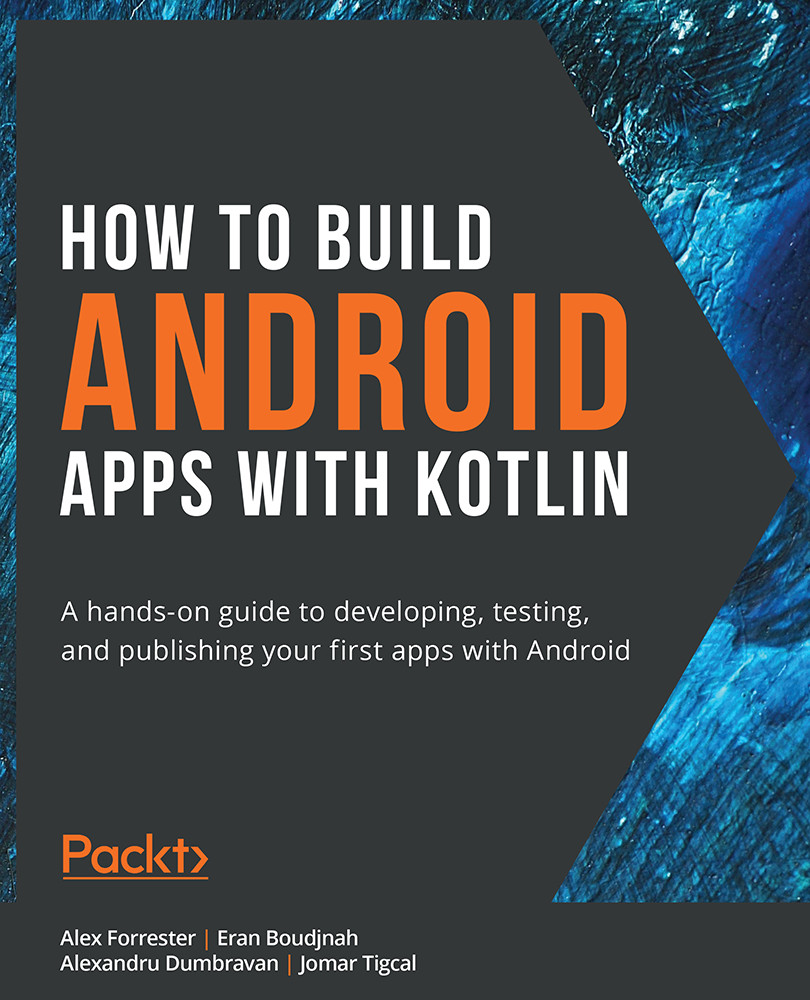RxJava is a Java implementation of Reactive Extensions (Rx), a library for reactive programming. In reactive programming, you have data streams that can be observed. When the value changes, your observers can be notified and react accordingly. For example, let's say clicking on a button is your observable and you have observers listening to it. If the user clicks on that button, your observers can react and do a specific action.
RxJava makes asynchronous data processing and handling errors simpler. Writing it the usual way is tricky and error-prone. If your task involves a chain of asynchronous tasks, it will be more complicated to write and debug. With RxJava, it can be done more easily and you will have less code, which is more readable and maintainable. RxJava also has a wide range of operators that you can use for transforming data into the type or format you need.
RxJava has three main components: observables, observers, and operators. To use RxJava, you will...



 Free Chapter
Free Chapter
